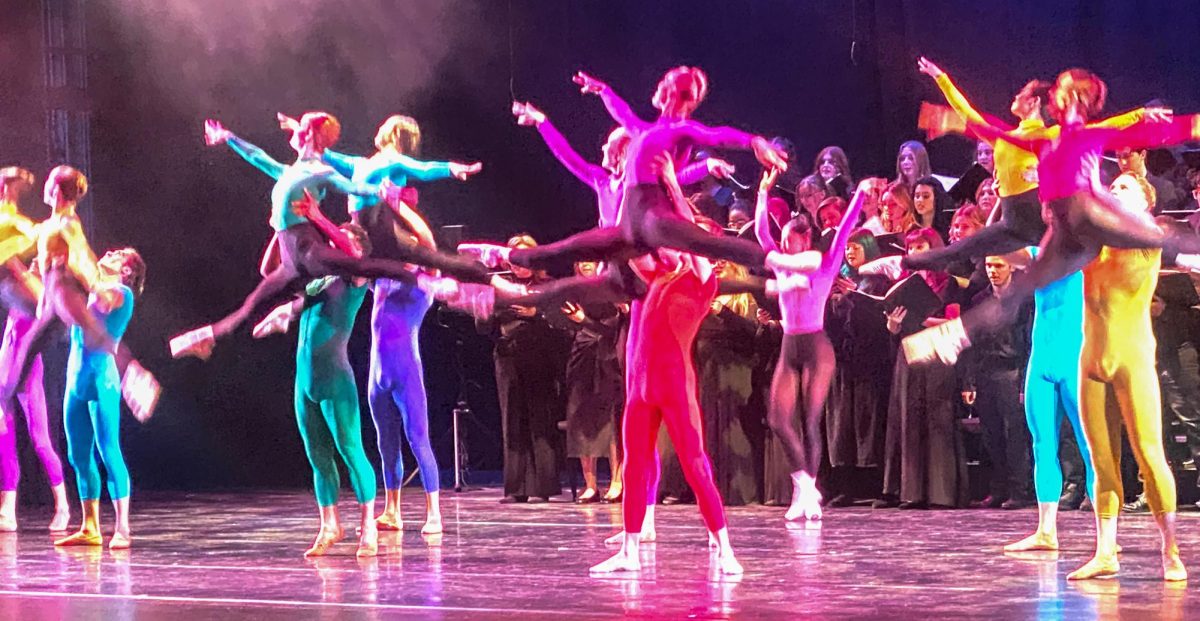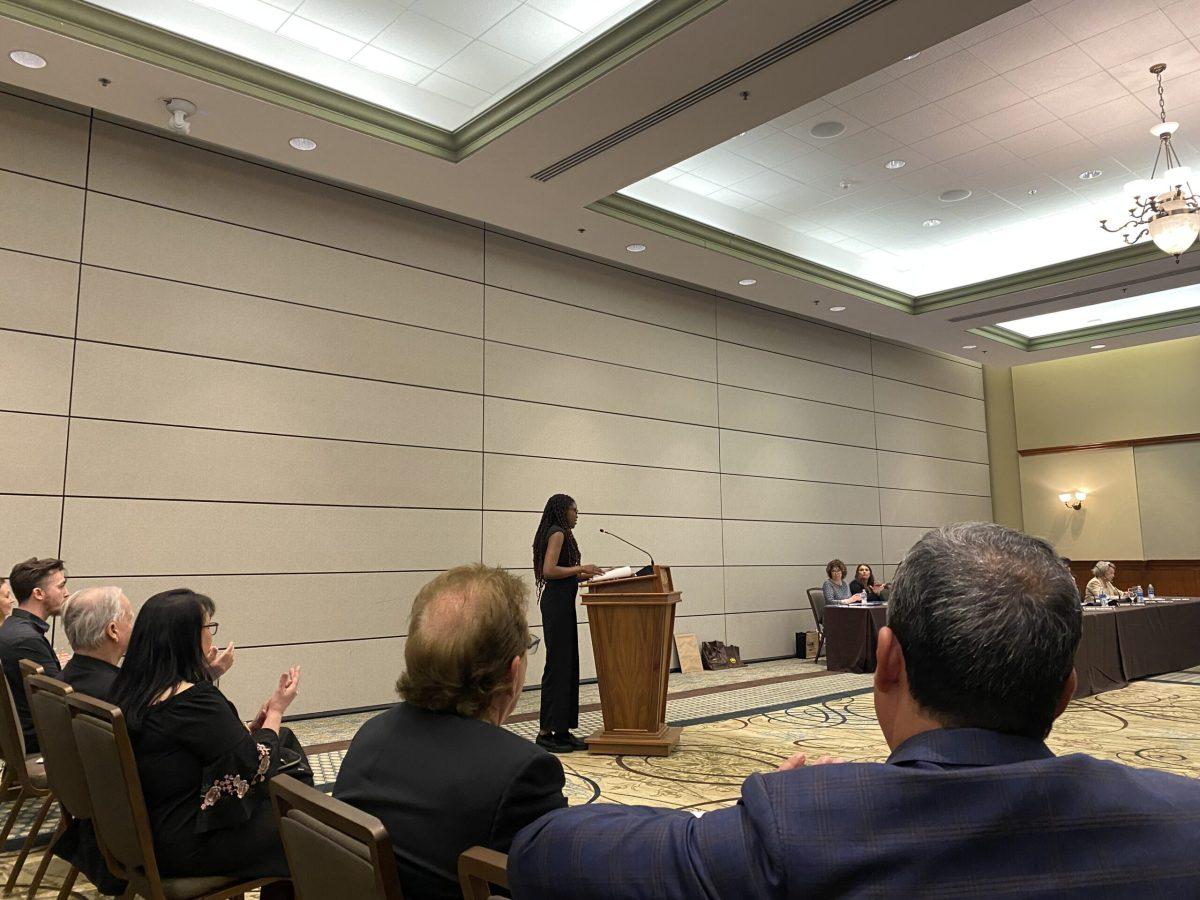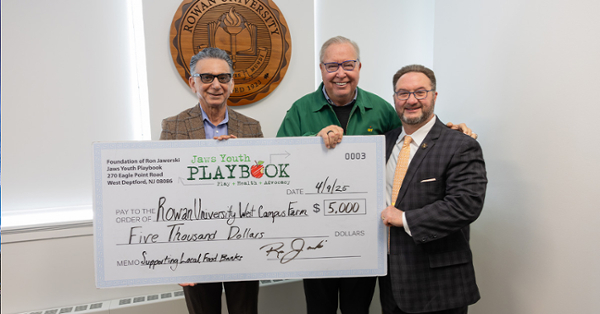On April 10, Rowan University’s Board of Trustees held a public hearing for the fiscal year 2025 tuition rates, revealing that tuition for undergraduate students and medical students could potentially be raised by 5% starting in the fall semester of 2024.
The current tuition rate for the academic year is $11,250 for full-time, undergraduate, in-state students and $21,114 for out-of-state students. The current fee rate is $4,450 for both.
The proposed tuition rate for full-time, undergraduate, in-state students is $11,812 and $22,170 for out-of-state students. The proposed fee rate for both is $4,762.
According to Rowan’s fiscal year 2021 consolidated operating budget, the proposed tuition rate for in-state students was $10,076 in 2020 and $10,303 in 2021. The proposed out–of–state tuition rate was $18,908 in 2020 and $19,335 in 2021.
Rowan’s operating budget for the fiscal year 2022 shows that the proposed in-state tuition for 2021 and 2022 was $10,303, and out–of–state tuition for the same years was $19,335. This aligns with President Ali Houshmand’s tuition freeze that he announced in 2021, which was also done in 2020.
Rowan’s operating budget for the fiscal year 2023 shows that the proposed rate for in-state students was $10,303 in 2022, and $10,715 in 2023. For out–of–state students, the budget shows that the proposed rate was $19,335 in 2022 and $20,108 in 2023.
While the board voted on this resolution, they added an addendum stating that the numbers will be reworked and if tuition does not have to increase, or can be increased less, it will be. The board explained that Rowan will not receive its final budget from the state until June 30, but that delaying the decision will also delay students receiving their aid offers.
President Ali Houshmand went into detail about this decision.
“In summary, tuition for our undergraduate students, as well as for our medical students at CMSRU and Rowan Virtua SOM will be increased by 5% for the 2024-2025 academic year. Additional graduate rates will also increase by 5%. Fees for both medical schools will increase by 5% while the fee for each remaining two cohorts will increase by approximately 7%. Initial tuition and fee rates are also being established for the Schreiber School of Veterinary Medicine for the inaugural class of fall of 2025,” Houshmand said.
He explained the financial background of this possible increase.
“At Rowan, we continue our effort to ensure affordability and recognize that the above-described increases are higher than in recent years. However, over the last three years, we have seen an unprecedented inflation both nationally and globally. With our local inflation increasing by 18%, Rowan’s tuition increases have remained below that. We have been given an increase of less than 15%,” Houshmand said.
As stated in the fiscal year 2021 consolidated operating budget, Rowan University is reliant on state funding. “As outlined in the Governors FY 2021 Revised Detailed Budget released in August 2020, the FY 2021 budget includes $6.2 million in base appropriation cuts and another $2.5 million in special appropriation cuts for a total of $8.7 million in appropriation cuts compared to the FY 2020 approved appropriations.”
In the 2022 operating budget, the document states, “In February 2021, the Governor indicated in his FY 2022 Detailed Budget that the outcome-based appropriations for Rowan University would increase $4.7 million compared to FY 2021. This budget is based on that assumption.”
The 2023 operating budget states, “This budget includes an increase of $3.6 million in outcome-based appropriations that was approved by the Governor in the state budget as well as a $5.0 million increase in funding for RUSVM.”
A few students spoke to the board, expressing their concerns about this possible rise in tuition.
Senior biomedical engineering major and academic senator of the College of Engineering Nicholas Carney spoke on behalf of the students he represents. He also explained that Rowan’s fees would be considerable to much larger schools that offer more majors and have more students. The current engineering differential fee for full-time students is $250, and the proposed fee rate is $1,500 per semester for new students and $500 per semester for returning students.
“While I was interviewing students about these proposed fees I got a couple of quotes I’d like to share now. ‘One of the most attractive aspects of Rowan is affordable tuition. If tuition is gradually increased, some people might not choose to come to Rowan anymore. At that point, what’s the difference between Rowan and Rutgers? Many students who want to stay in state, that’s the decision to be made.’ Another student wrote, ‘I left the University of Delaware’s BME program because of the finances and to pay the same amount after my transfer in less than a year is ridiculous,’” Carney said.
Carney also expressed that he was looking to pursue his master’s degree at Rowan, but would not be financially able to if tuition is raised.
Sophie Ogunsanmi, an international student at Rowan, explained how a raise in tuition would affect her ability to pursue higher education while supporting herself.
“I am an immigrant who worked two jobs while attending school full time to pay for my tuition…I implore you to come to the financial burdens already placed on those students like me. For many students, tuition costs are a significant obstacle to obtaining higher education…This is especially true for those relying on full-time employment to pay for education as immigrants and [the] majority of the students are capped at a certain hour by the government,” Ogunsanmi said.
Erwin Wambi, an international student and the Student Government Association’s AVP of Diversity, Equity, and Inclusion, talked about his experiences and the financial obstacles he faces while pursuing his education.
“As I stand before you today, and not as a representative of the international student body, but as a testimony to the dreams and aspirations that have traveled thousands of miles to be here today. Our journey to your esteemed university was fueled by the hopes and pride of our families back home. They see us as earners of change, barriers of future successes that would redefine the landscape of our home countries,” Wambi said.
Wambi recalled that he was advised to switch his major from computing and informatics to liberal arts in order to expedite his graduation and lower his expenses.
“It was a stark reminder of the financial hurdles that stand between me and my aspiration,” Wambi said.
After students spoke, President Houshmand explained further the financial situation Rowan is in that led to this decision.
“If you look at the entire Delaware Valley, there are 100 universities and Rowan University is the least expensive amongst the 100…I can show you with data that our oldest state institution in the state of New Jersey alone is the lowest-funded state institution in the state by far…And this year as a result of union negotiation, we have to give increases of anywhere from 3 ½% to 7%. And none of that is funded by the state. So as a result, we have to pay our bills as well…And this is not a profit-making enterprise,” Houshmand said.
The board members agreed to rework the numbers and review the budget before making final decisions.
“We remain focused on our pillars of affordability and access, and value any increases to tuition and fees carefully,” said Houshmand.
To view the meeting’s agenda, visit here.
For comments/questions about this story DM us on Instagram @thewhitatrowan or email [email protected]

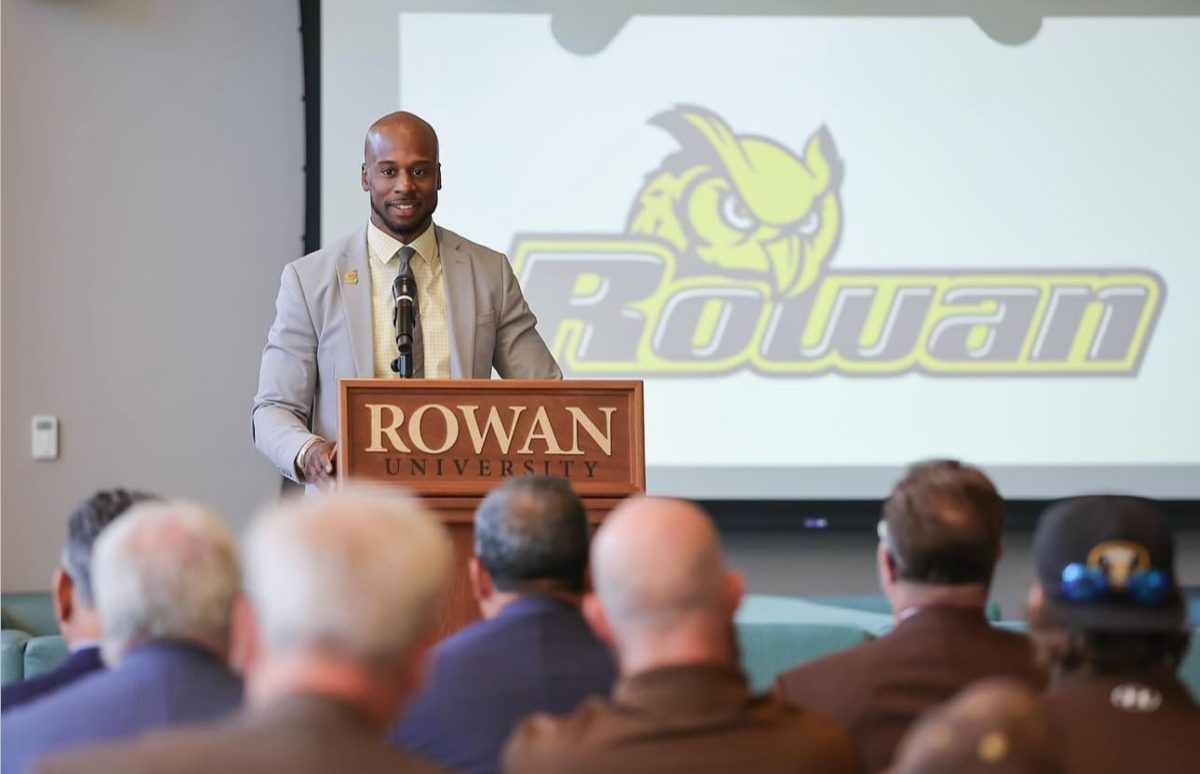

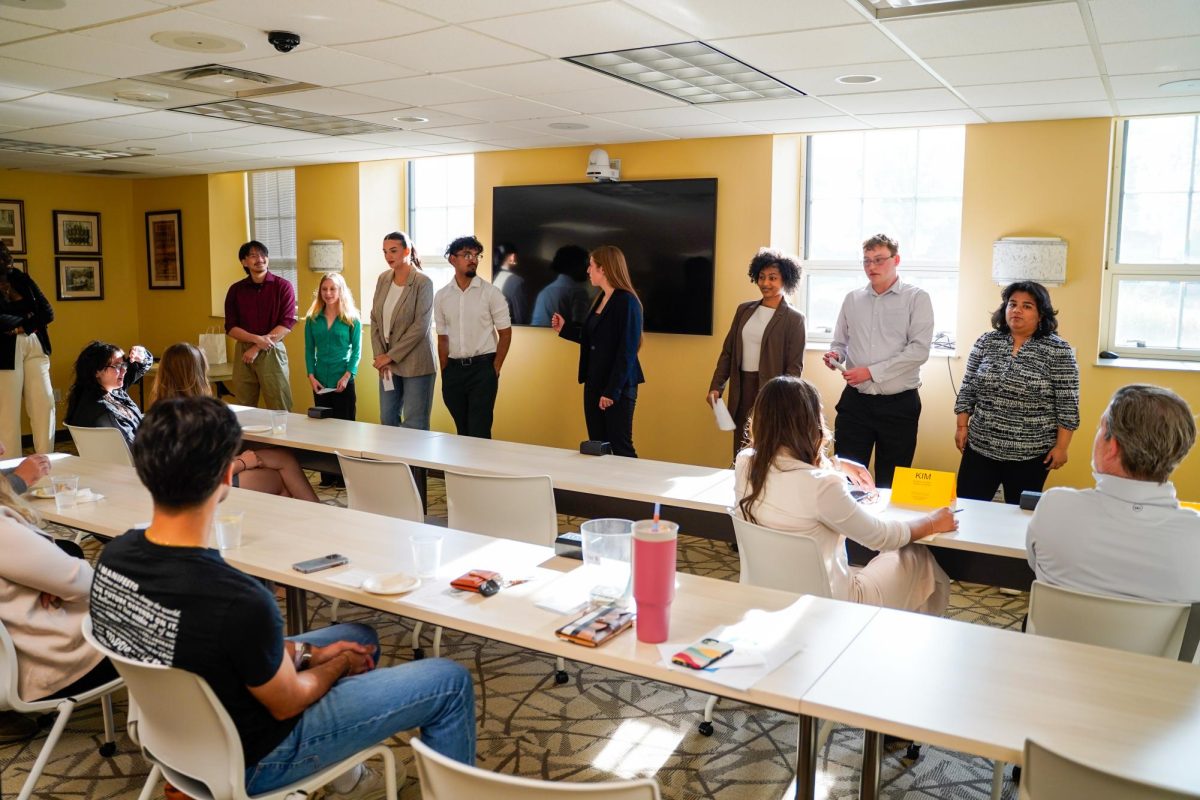
















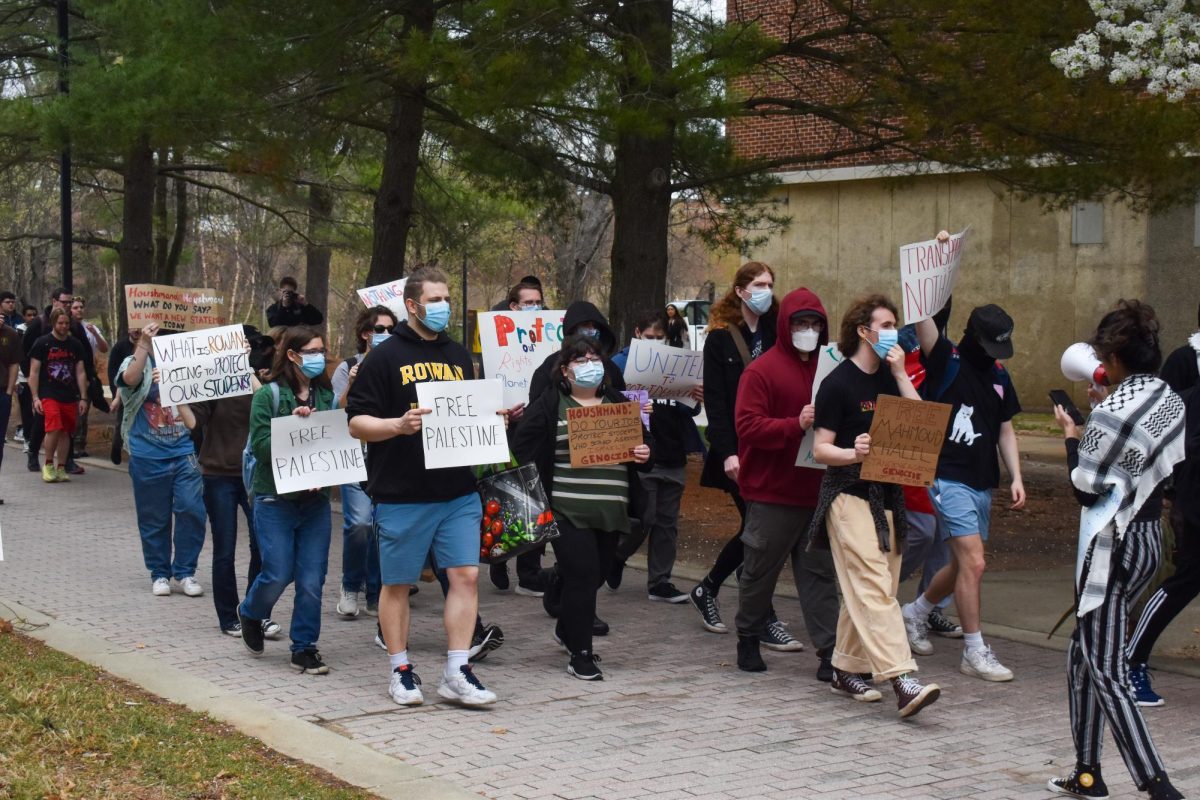











































































































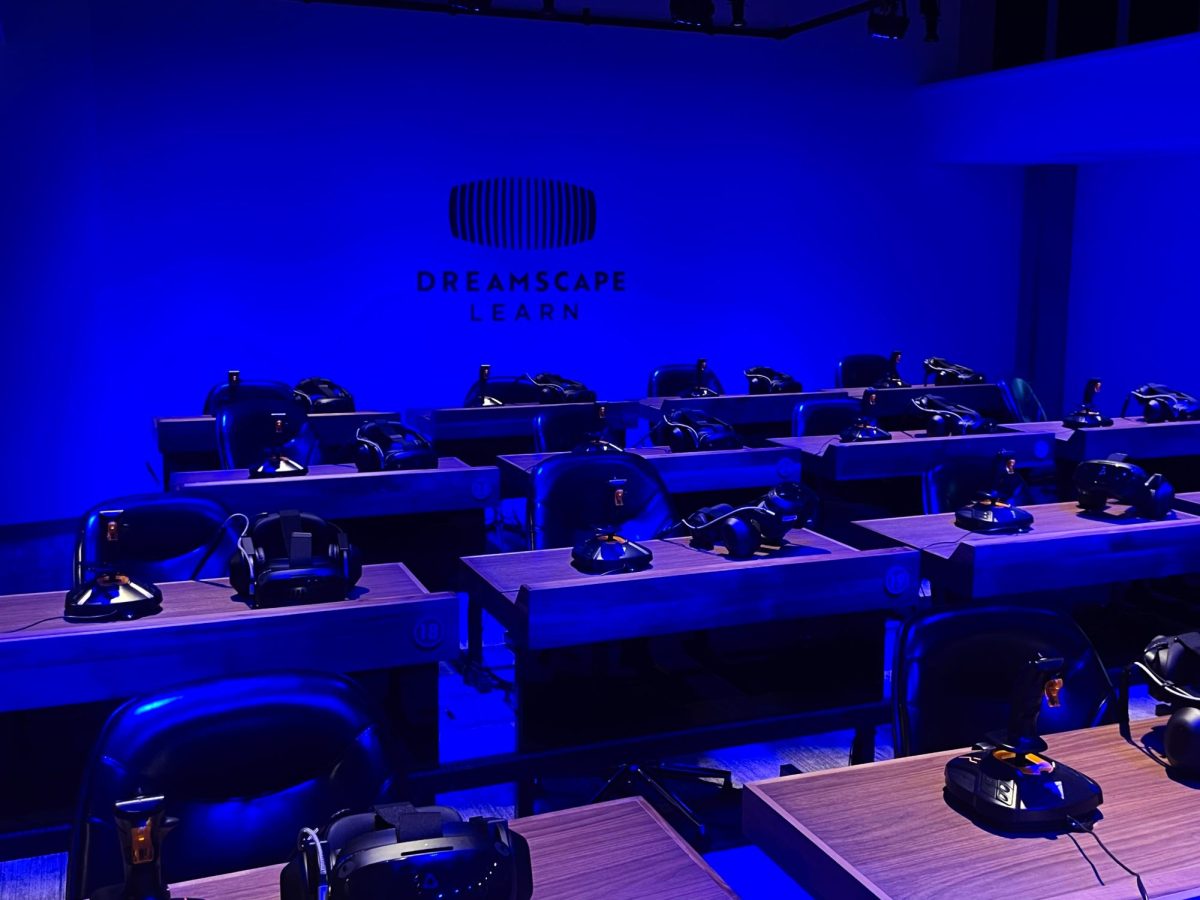
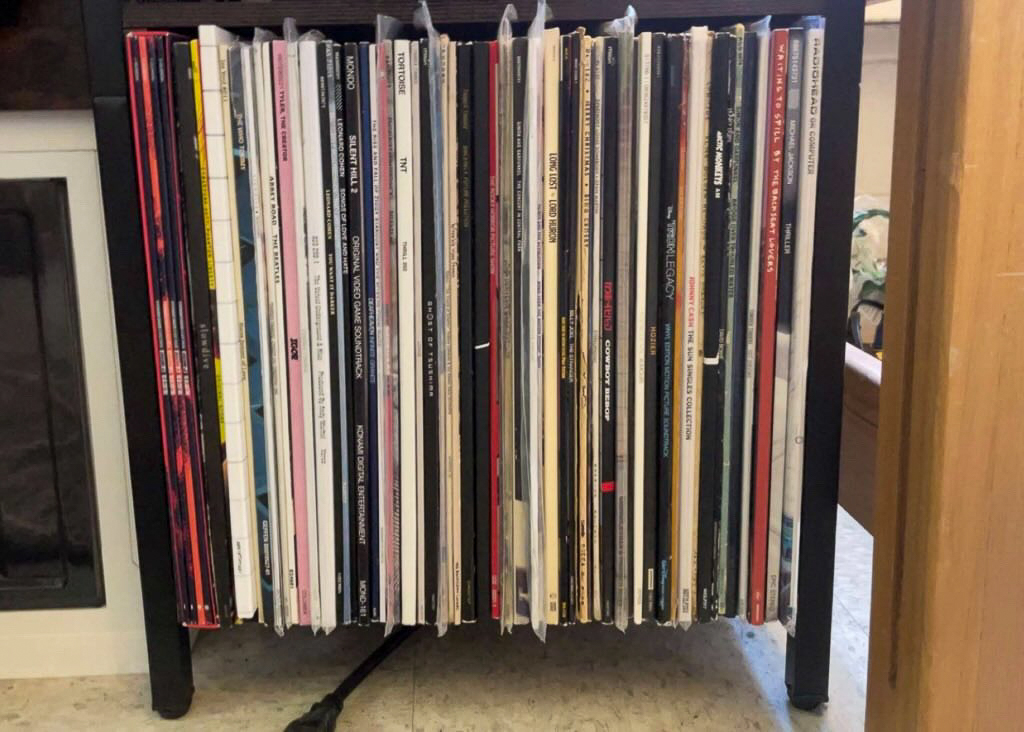























!["Working with [Dr. Lynch] is always a learning experience for me. She is a treasure,” said Thomas. - Staff Writer / Kacie Scibilia](https://thewhitonline.com/wp-content/uploads/2025/04/choir-1-1200x694.jpg)

